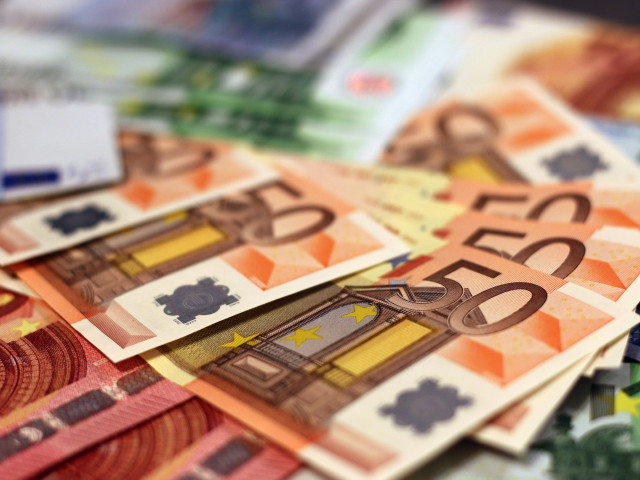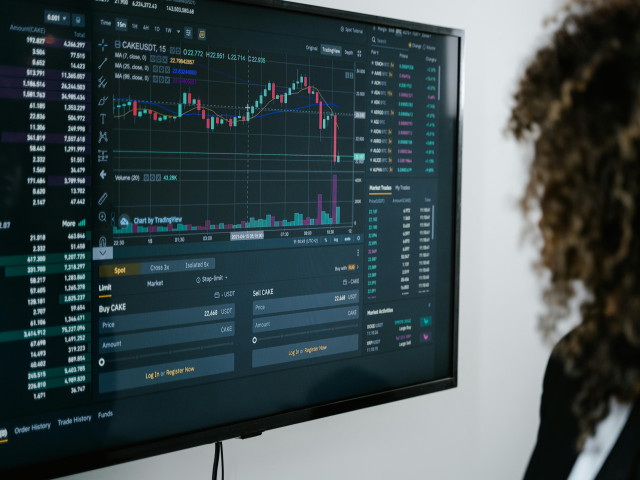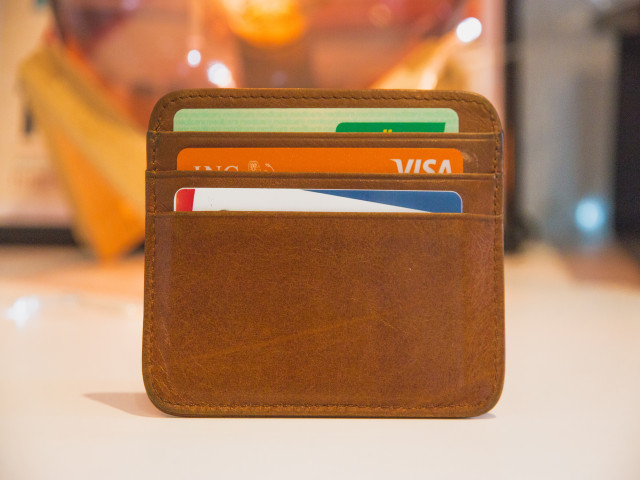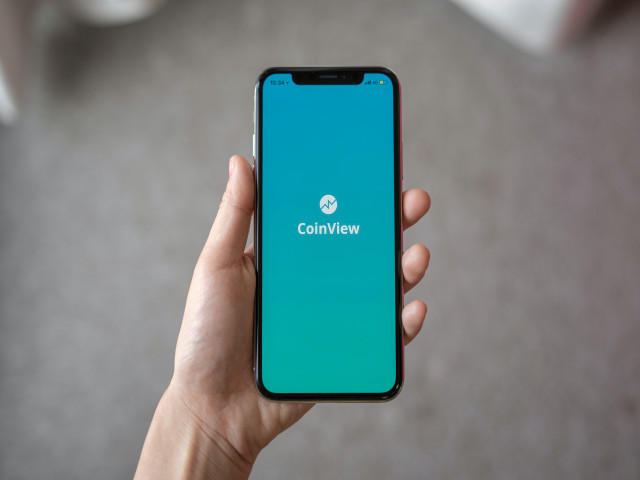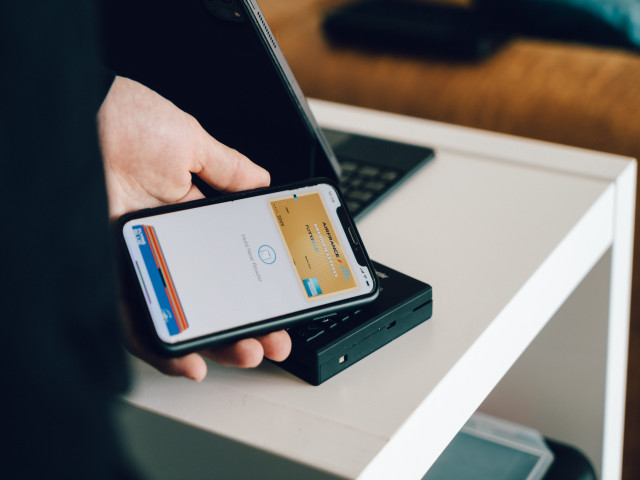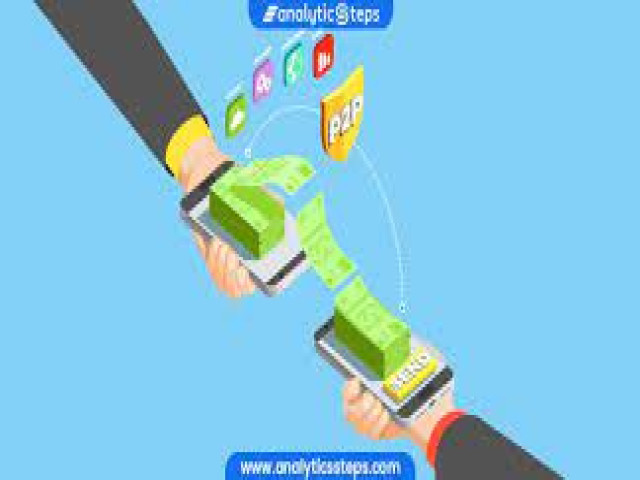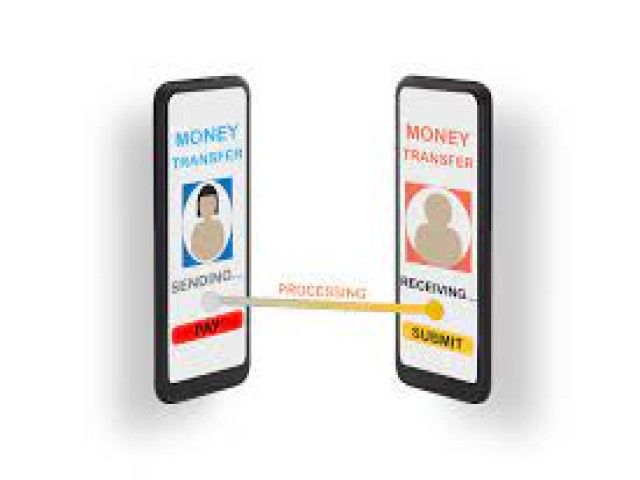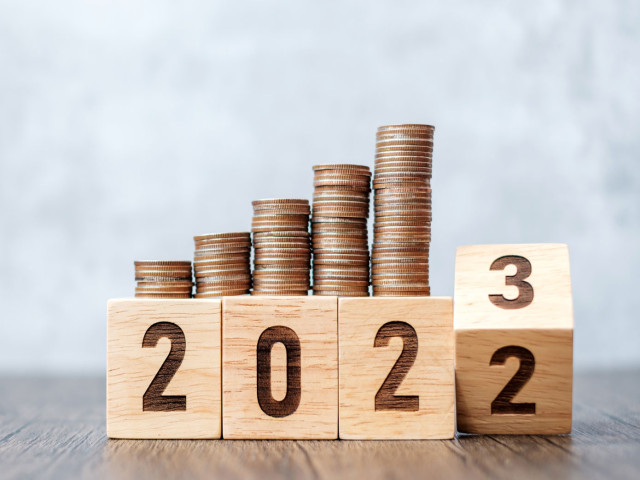17 Jan 2024
P2P Transfers and Beyond: Innovative Features in Modern Banking Apps
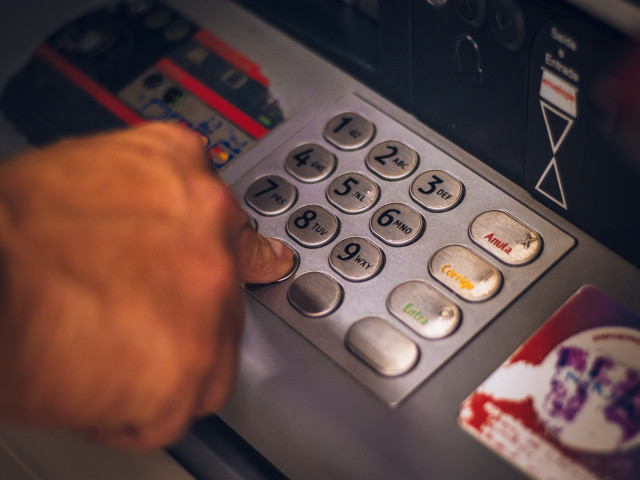
Introduction
Modern banking has undergone a transformative journey, and one of the pivotal elements contributing to this evolution is Peer-to-Peer (P2P) transfers. As we navigate the dynamic landscape of financial technology, banking apps have become more than just tools for basic transactions. In this blog post, we delve into the world of innovative features that modern banking apps offer, extending beyond the conventional P2P transfers. From real-time notifications to contactless payments and multi-currency support, these advancements are redefining the way we manage and interact with our finances.
P2P Transfers: A Core Feature
Peer-to-peer (P2P) transfers have emerged as a cornerstone feature in the realm of digital finance, offering users a seamless and efficient way to send and receive funds. Unlike traditional methods that often involve intermediaries, P2P transfers facilitate direct transactions between individuals. This not only expedites the process but also minimizes associated costs. P2P transfers are characterized by their user-friendly interfaces and accessibility, making them a vital component of modern financial ecosystems.
How P2P Transfers Work
P2P transfers operate on the principle of decentralized transactions, enabling individuals to exchange funds directly without the need for a centralized authority. The process typically involves users creating accounts on P2P platforms, linking their preferred payment methods, and initiating transfers through designated channels. These transfers can range from small-scale transactions between friends or family to larger, more formalized transactions between businesses. The underlying technology ensures secure and swift transfers, making P2P systems increasingly popular in the digital age.
Popular P2P Transfer Services
Several P2P transfer services have gained prominence for their reliability and user-friendly interfaces. Platforms such as PayPal, Venmo, Cash App, and Zelle have become household names, offering a range of features that cater to diverse user needs. PayPal, for instance, facilitates international P2P transfers, while Venmo and Cash App are celebrated for their simplicity and quick transfers among friends. Zelle, integrated with many major banks, allows seamless transfers between account holders. The popularity of these services underscores the growing demand for convenient and efficient P2P transfer solutions.
Security Measures in P2P Transfers
Security is a paramount concern in P2P transfers, given the sensitive nature of financial transactions. P2P platforms implement robust security measures to safeguard user data and funds. Encryption technologies, secure authentication processes, and multi-factor authentication are common features that ensure the confidentiality and integrity of transactions. Additionally, many platforms employ fraud detection algorithms to identify and prevent unauthorized activities. As users entrust their financial information to these platforms, the emphasis on security measures is crucial in maintaining trust and fostering widespread adoption of P2P transfer services.
Innovative Features in Modern Banking Apps
In the rapidly evolving landscape of digital finance, modern banking apps are at the forefront of innovation, providing users with a host of cutting-edge features that redefine the banking experience. These features not only enhance convenience but also cater to the evolving needs of tech-savvy consumers.
Real-time Transaction Notifications
One of the standout features in modern banking apps is the provision of real-time transaction notifications. Users receive instant alerts on their smartphones for every transaction made with their accounts. This not only empowers users with a clear overview of their financial activities but also serves as a security measure, enabling them to identify and address any suspicious transactions promptly. Real-time notifications contribute to a heightened sense of financial control and awareness, aligning with the fast-paced nature of today's digital economy.
Integration of AI for Personalized Financial Insights
Artificial Intelligence (AI) is making waves in modern banking apps by offering personalized financial insights. These apps leverage AI algorithms to analyze user spending patterns, identify trends, and provide tailored recommendations for optimizing financial habits. Whether it's suggesting budget adjustments or highlighting potential investment opportunities, the integration of AI brings a level of personalization that goes beyond traditional banking services. This not only fosters better financial decision-making but also positions modern banking apps as comprehensive financial companions.
Biometric Authentication for Enhanced Security
Security is a paramount concern in the digital age, and modern banking apps address this through the implementation of biometric authentication. Users can secure their accounts using fingerprint or facial recognition technology, adding an extra layer of protection beyond traditional passwords. Biometric authentication not only enhances security but also streamlines the login process, offering a seamless and convenient user experience. As cyber threats continue to evolve, the integration of biometrics represents a proactive approach to safeguarding user accounts and sensitive financial information.
Customizable Budgeting and Saving Tools
Modern banking apps recognize the importance of financial literacy and empowerment. To this end, many apps now come equipped with customizable budgeting and saving tools. Users can set financial goals, create personalized budgets, and track their progress in real-time. These features not only foster responsible financial habits but also empower users to take control of their financial futures. The ability to customize these tools according to individual preferences adds a layer of flexibility, ensuring that users can tailor their financial management experience to suit their unique needs and aspirations.
Contactless Payments and NFC Technology
In the dynamic landscape of digital transactions, contactless payments and Near Field Communication (NFC) technology have emerged as pivotal players, revolutionizing the way we conduct financial transactions. This synergy between contactless payments and NFC technology brings unparalleled convenience and efficiency to the forefront of modern payment systems.
Overview of Contactless Payment Systems
Contactless payment systems are designed to streamline transactions by eliminating the need for physical contact between the payment device and the point-of-sale terminal. This is made possible through the use of radio-frequency identification (RFID) or NFC technology. Users simply tap or wave their contactless-enabled cards, smartphones, or wearables near a compatible reader, facilitating swift and secure transactions. This frictionless process not only reduces transaction times but also enhances the overall payment experience for consumers.
NFC Technology in Banking Apps
NFC technology plays a pivotal role in enabling contactless payments, especially within the realm of banking apps. Many modern banking apps leverage NFC to allow users to make payments by simply tapping their smartphones against contactless terminals. This technology establishes a wireless connection between the device and the terminal, facilitating the secure transfer of payment information. The integration of NFC in banking apps not only enhances the speed and convenience of transactions but also aligns with the broader trend of digitization in the financial industry.
Advantages of Contactless Payments
Contactless payments offer a multitude of advantages that contribute to their widespread adoption. Firstly, the speed of transactions is unparalleled, reducing wait times at checkout counters. The ease of use is another key advantage, as users can make payments with a simple tap, eliminating the need for physical cash or card insertion. Enhanced security is also a notable feature, with many contactless transactions requiring additional authentication measures, such as biometric verification or PIN entry. Additionally, contactless payments contribute to a more hygienic and socially distanced payment experience, a particularly relevant aspect in today's health-conscious environment.
As consumers increasingly seek seamless and secure payment methods, the integration of contactless payments and NFC technology continues to redefine the landscape of modern financial transactions. The convenience, efficiency, and security offered by these technologies underscore their significance in shaping the future of digital payments.

In-App Financial Management
As the demand for comprehensive financial tools grows, in-app financial management has become a cornerstone feature of modern banking and financial apps. These applications empower users with the ability to take control of their finances directly from their smartphones, offering a range of features that cover everything from expense tracking to investment management.
Expense Tracking and Categorization
In-app financial management tools excel in simplifying the often daunting task of expense tracking. Users can effortlessly monitor their spending patterns by linking their accounts and credit cards to the app. Transactions are automatically categorized, providing a clear breakdown of where money is being allocated. This categorization not only facilitates a better understanding of spending habits but also enables users to identify areas where they can make adjustments for improved financial wellness. Real-time updates ensure that users have an up-to-date view of their financial landscape at all times.
Investment and Portfolio Management
Many in-app financial management tools go beyond basic budgeting by integrating investment and portfolio management features. Users can link investment accounts, track the performance of their portfolios, and receive real-time market updates. These tools often provide insights into investment strategies, helping users make informed decisions about their financial future. The seamless integration of investment management within the same app that handles day-to-day expenses offers users a holistic view of their financial health.
Financial Goal Setting and Tracking Progress
Goal-setting is a fundamental aspect of financial planning, and in-app financial management tools recognize its importance. Users can set specific financial goals, whether it's saving for a vacation, an emergency fund, or a major purchase. The app then provides a roadmap for achieving these goals and tracks progress over time. This feature not only serves as a motivational tool but also instills a sense of financial discipline. The ability to customize goals and receive regular updates on progress transforms financial planning into an achievable and rewarding journey.
FAQs
Q: How secure are biometric measures in banking apps?
A: Biometric measures, such as fingerprint recognition, are highly secure in banking apps, offering an additional layer of protection for your financial transactions.
Q: Can I use P2P apps for business transactions?
A: Some P2P apps offer business functionalities, allowing users to conduct business transactions securely and efficiently.
Q: Are there fees associated with global P2P transactions?
A: Fees for global P2P transactions vary by banking app. It's advisable to check the terms and conditions of your specific app for accurate information.
Q: How do automated savings features work in banking apps?
A: Automated savings features allow users to set aside a predetermined amount regularly, promoting consistent savings without manual intervention.
Q: What role do chatbots play in customer support for banking apps?
A: Chatbots in banking apps provide instant assistance by addressing queries, troubleshooting issues, and offering information, enhancing the overall customer support experience.
Q: How do gamification features contribute to financial literacy?
A: Gamification features in banking apps make learning about financial management interactive and enjoyable, improving users' financial literacy through engaging activities.
Conclusion
In conclusion, the landscape of modern banking is continuously reshaping itself, adapting to the ever-changing needs and expectations of users. As we witness the integration of groundbreaking features in banking apps, from enhanced security measures to futuristic technologies like blockchain, the financial experience is becoming more personalized, efficient, and accessible. The journey from simple P2P transfers to a comprehensive suite of financial tools exemplifies the commitment of banking apps to empower users in their financial journeys. The future promises even more exciting innovations, solidifying the role of these apps as indispensable companions in our financial lives.
RELATED POST
https://dollardirect.cc/admin/frontend/frontend-element/blog/139

